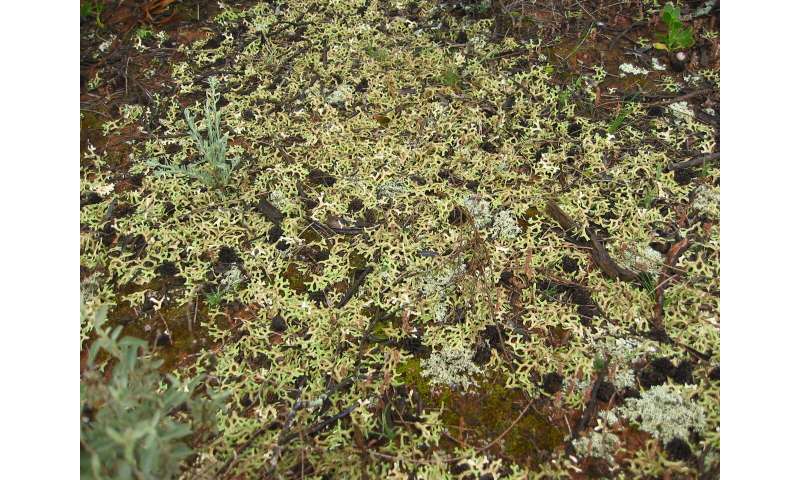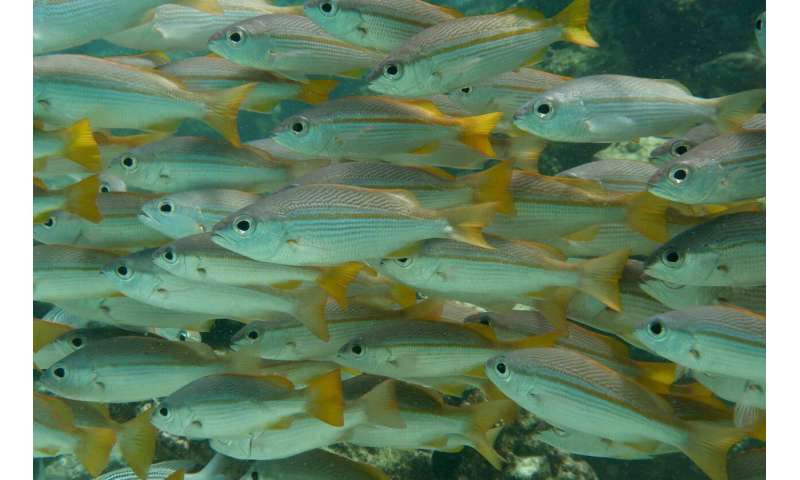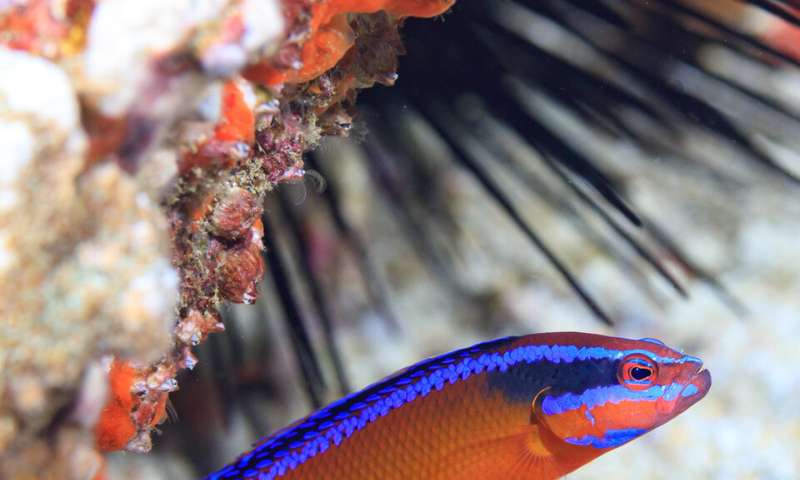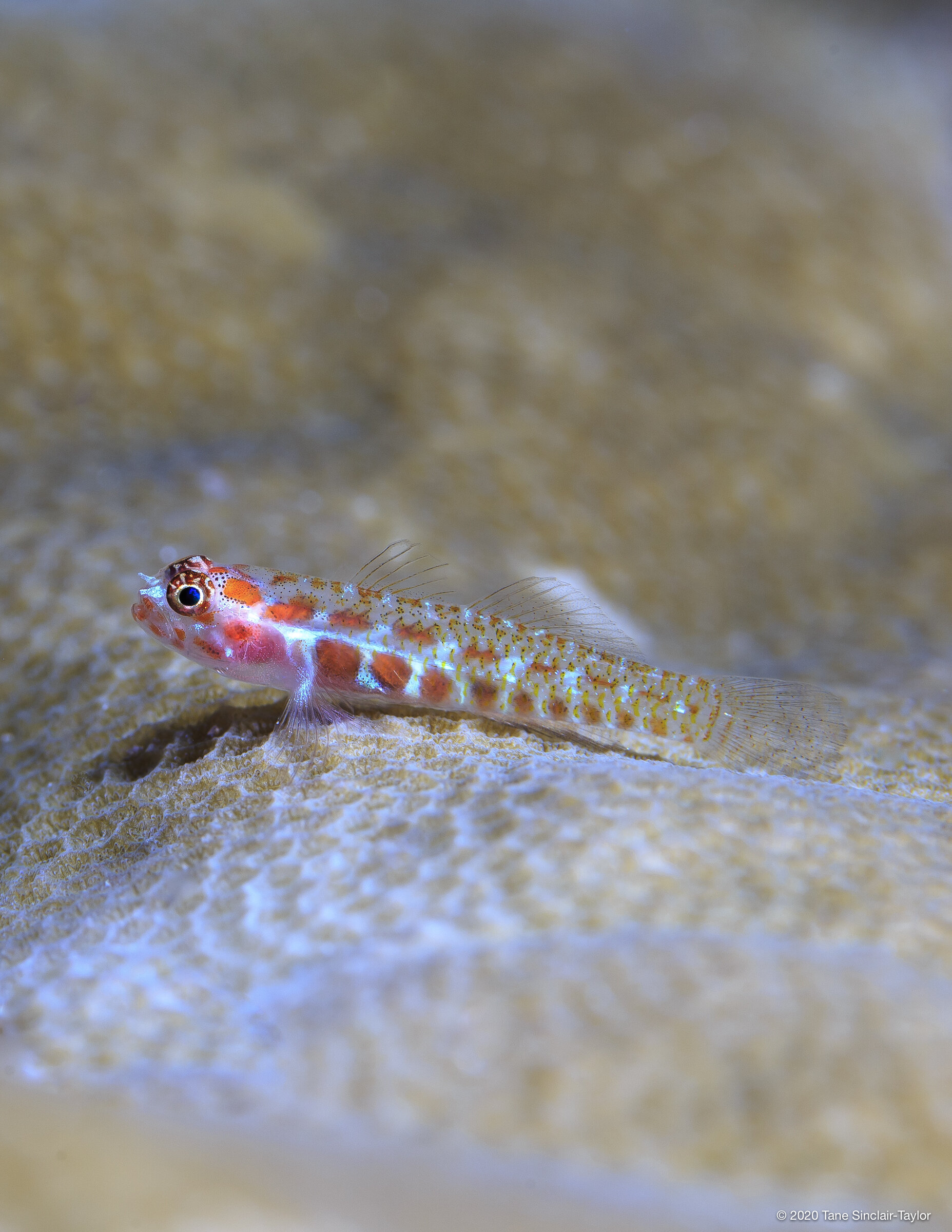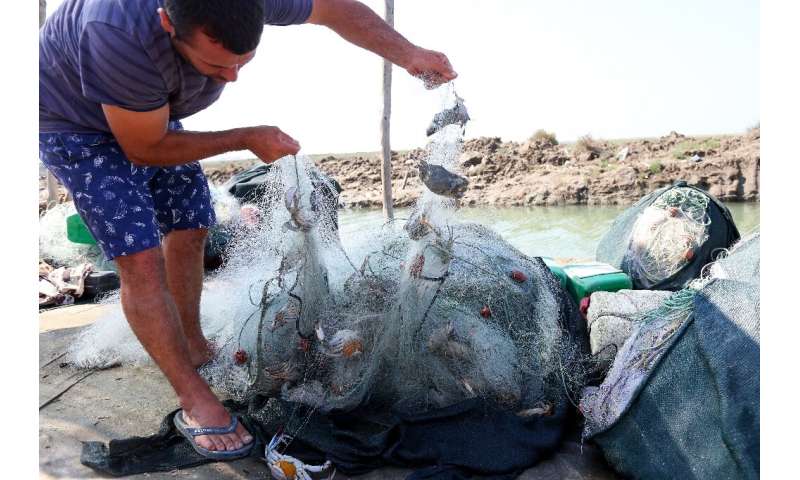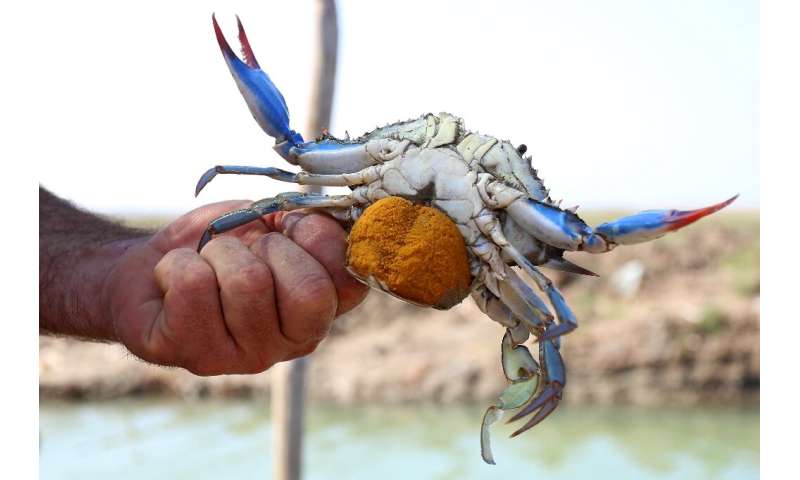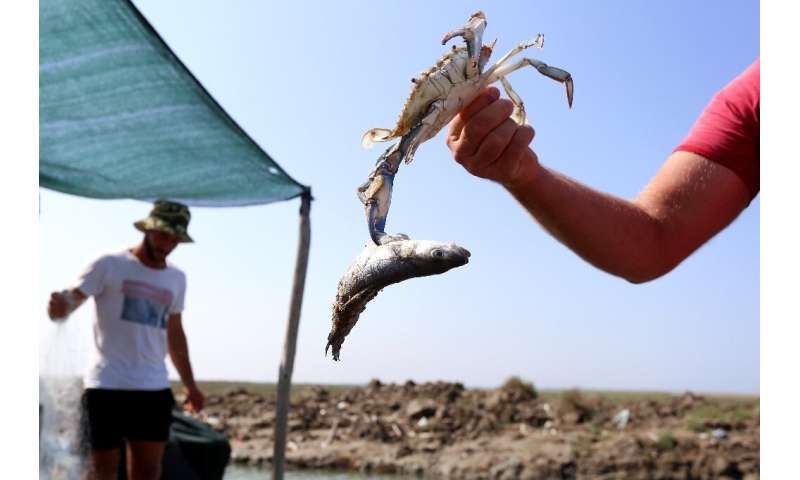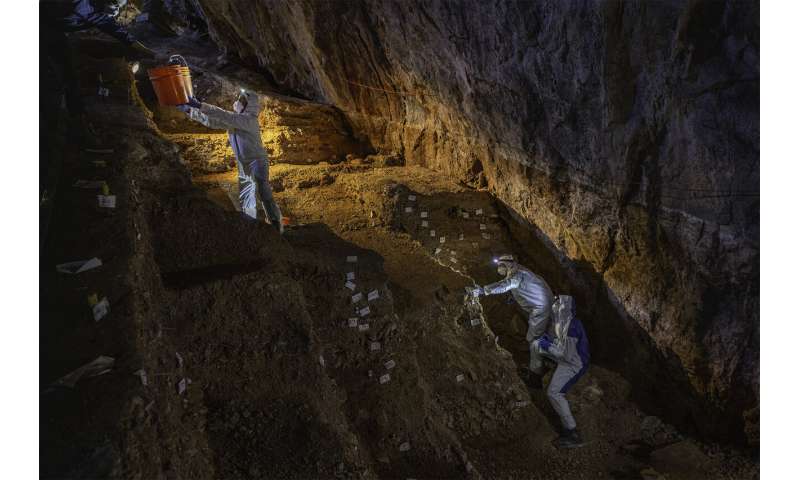A win for the Everglades': 5,000 pythons removed in state-sponsored capture program
by Adriana Brasileiro

Credit: CC0 Public Domain
THAT'S A LOT OF SHOES AND PURSES
Florida's fight against the invasive Burmese python has hit a new milestone: 5,000 snakes captured in the Everglades since wildlife managers started paying hunters to remove the destructive constrictors in 2017.
The South Florida Water Management District and the Florida Fish and Wildlife Conservation Commission, which manage the state's python elimination programs, announced the achievement on Tuesday.
"Another win for the Everglades," said "Alligator Ron" Bergeron, a water district board member and an avid python hunter. "Each invasive python eliminated represents hundreds of native Florida wildlife saved."
The giant snakes are everywhere in South Florida, devouring mammals in the Everglades and disrupting the natural balance of predator and prey. They are such a threat to the health of the fragile ecosystem that state and federal wildlife managers have put a bounty on their heads and enlisted teams of hunters to track them down and take them out.
Pythons are believed to have appeared in the Everglades in the early 1980s, having been kept as pets and then released by frustrated owners who got tired of feeding them mice and other live meals. In the wild, they found perfect conditions: plenty of water in which to mate and abundant food.
The slithery invaders have been successful at reproducing in the wetlands because they have no predators, and females can lay up to 100 eggs a year.
The state pays registered hunters a minimum wage hourly rate for up to 10 hours of work a day, plus a bonus for the catch: $50 for each python measuring up to 4 feet plus $25 more for each foot measured above four feet. An additional $200 is paid for a nesting female.
It's hard to say if the removed snakes actually made a dent in the overall python population in the Everglades because scientists don't know exactly how many are out there. Estimates range from 100,000 to as many as 300,000 snakes.
Explore further Pandemic hasn't slowed Florida's python captures, even with fewer hunters on the prowl
©2020 Miami Herald
Distributed by Tribune Content Agency, LLC.
125 shares
Florida's fight against the invasive Burmese python has hit a new milestone: 5,000 snakes captured in the Everglades since wildlife managers started paying hunters to remove the destructive constrictors in 2017.
The South Florida Water Management District and the Florida Fish and Wildlife Conservation Commission, which manage the state's python elimination programs, announced the achievement on Tuesday.
"Another win for the Everglades," said "Alligator Ron" Bergeron, a water district board member and an avid python hunter. "Each invasive python eliminated represents hundreds of native Florida wildlife saved."
The giant snakes are everywhere in South Florida, devouring mammals in the Everglades and disrupting the natural balance of predator and prey. They are such a threat to the health of the fragile ecosystem that state and federal wildlife managers have put a bounty on their heads and enlisted teams of hunters to track them down and take them out.
Pythons are believed to have appeared in the Everglades in the early 1980s, having been kept as pets and then released by frustrated owners who got tired of feeding them mice and other live meals. In the wild, they found perfect conditions: plenty of water in which to mate and abundant food.
The slithery invaders have been successful at reproducing in the wetlands because they have no predators, and females can lay up to 100 eggs a year.
The state pays registered hunters a minimum wage hourly rate for up to 10 hours of work a day, plus a bonus for the catch: $50 for each python measuring up to 4 feet plus $25 more for each foot measured above four feet. An additional $200 is paid for a nesting female.
It's hard to say if the removed snakes actually made a dent in the overall python population in the Everglades because scientists don't know exactly how many are out there. Estimates range from 100,000 to as many as 300,000 snakes.
Explore further Pandemic hasn't slowed Florida's python captures, even with fewer hunters on the prowl
©2020 Miami Herald
Distributed by Tribune Content Agency, LLC.
125 shares

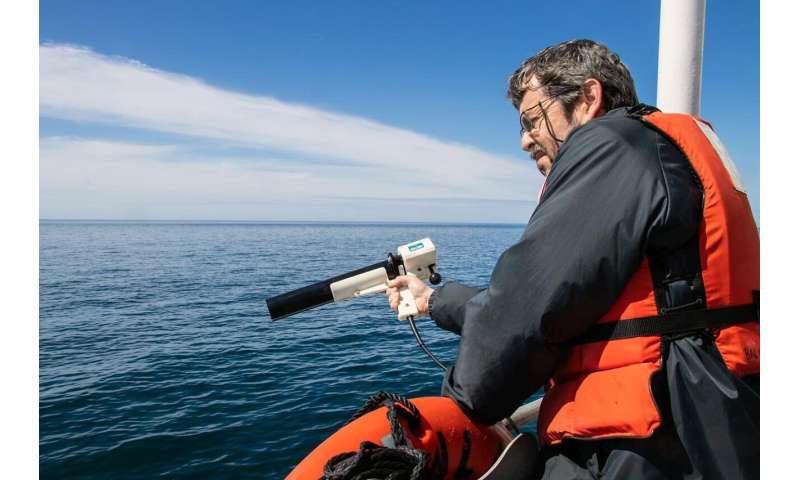
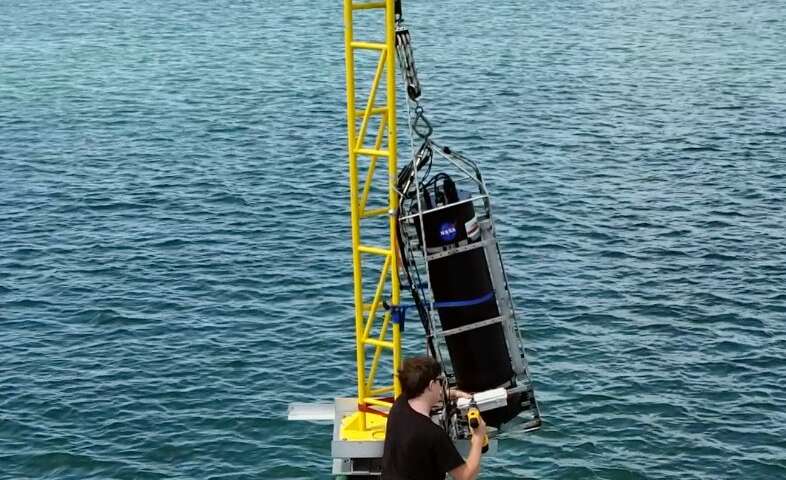
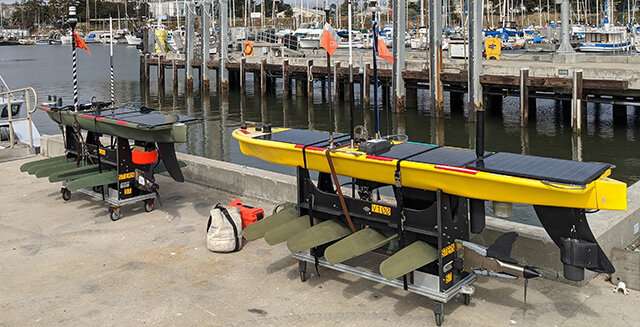 During the Summer 2020 CANON experiment, these two Wave Gliders have been zig-zagging over Monterey Canyon, using echosounders to locate fish and other animals in the water below. The echosounders are the cylindrical devices near the back of each Wave Glider. The olive-green foils under the Wave Gliders help propel these autonomous robots across the sea surface. Credit: Chris Wahl/MBARI
During the Summer 2020 CANON experiment, these two Wave Gliders have been zig-zagging over Monterey Canyon, using echosounders to locate fish and other animals in the water below. The echosounders are the cylindrical devices near the back of each Wave Glider. The olive-green foils under the Wave Gliders help propel these autonomous robots across the sea surface. Credit: Chris Wahl/MBARI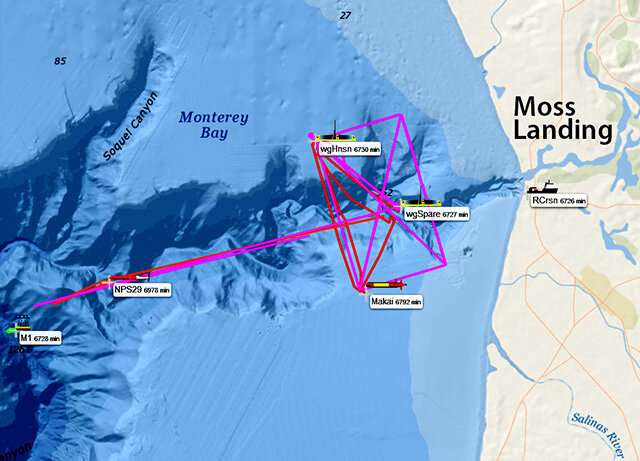
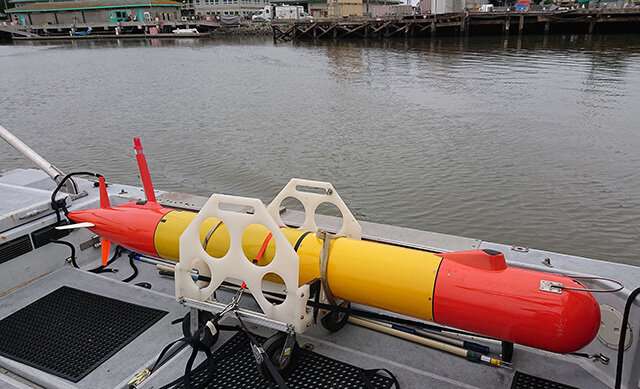
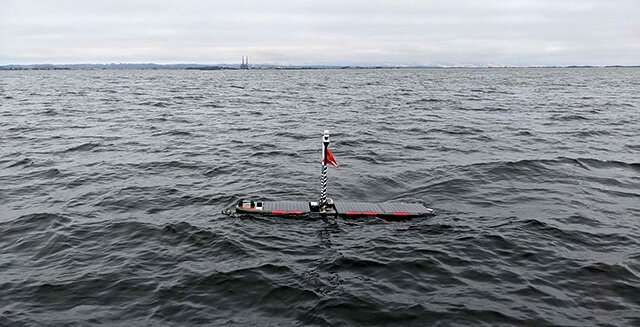
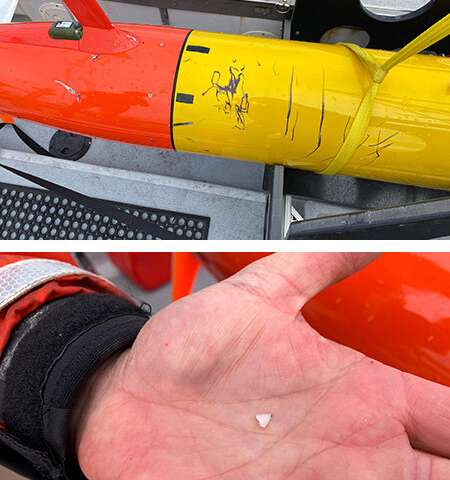
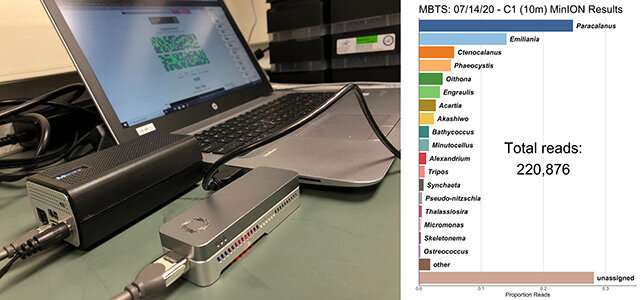 During the Summer 2020 CANON experiment, researchers are testing small “benchtop” DNA sequencers that plug directly into a laptop computer. After analyzing one water sample, the sequencer produced a graph showing how much DNA was detected from different types of animals, including anchovies, copepods, and microscopic algae. Credit: Charles Nye/MBAR
During the Summer 2020 CANON experiment, researchers are testing small “benchtop” DNA sequencers that plug directly into a laptop computer. After analyzing one water sample, the sequencer produced a graph showing how much DNA was detected from different types of animals, including anchovies, copepods, and microscopic algae. Credit: Charles Nye/MBAR